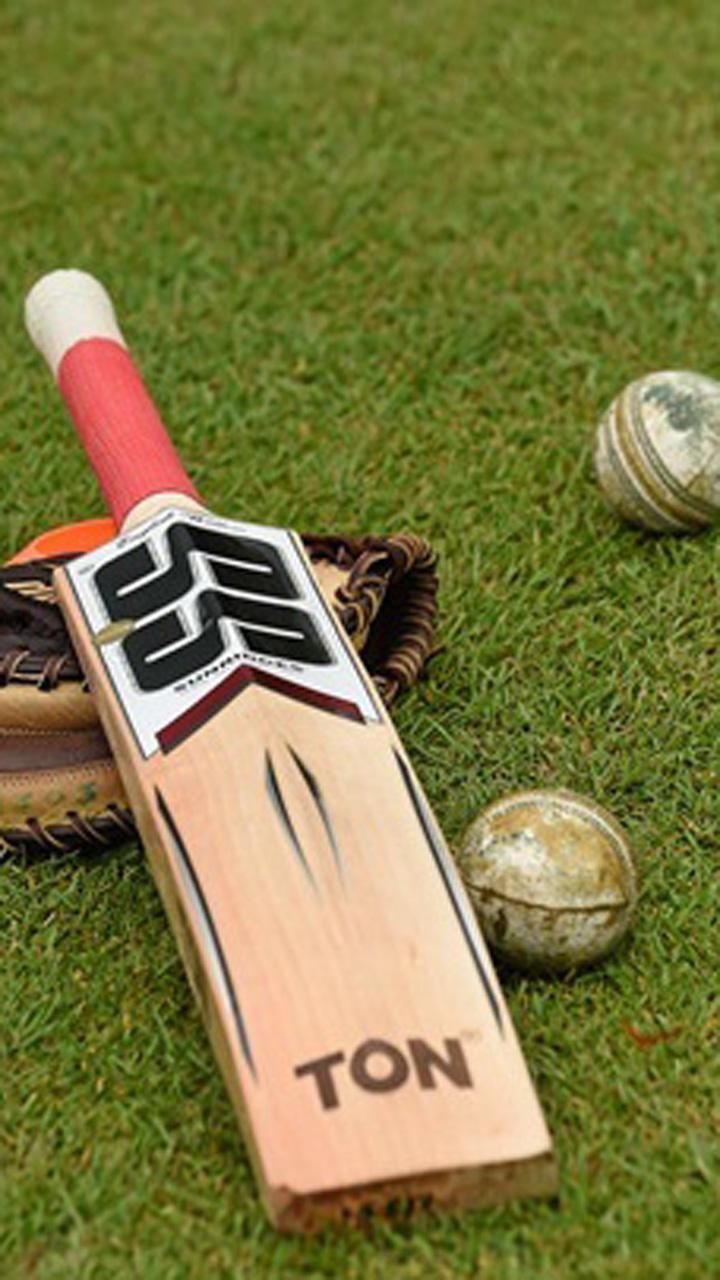
Cricket
Cricket is a unique sport which demands a diverse skill set from its players.Cricket differs from the winter sports in that it’s non-contact and, therefore, the injuries sustained through the game usually aren’t related to collisions. Instead, injuries are generally the result of chronic overload or an acute increase in activity – or, put simply, they are overuse injuries.
This is particularly problematic at a professional level, where players are required to participate in grueling match schedules. The relatively recent introduction of T20 cricket has meant that the workload endured by cricketers is only growing, and, as a result, injury rates are also rising.
While all players participate in the same game, physical requirements vary quite substantially depending on a cricketer’s role in the team. Unsurprisingly, this also means that the chances of sustaining an injury fluctuate according to a player’s position. Research shows that 20.6% of fast bowlers, 7.4% of batsmen, 6.7% of spinners, and 4.7% of wicket keepers will sustain an injury (Orchard et al, 2016)
According to research published by Orchard, Kountouris and Sims in 2016, the most common injuries sustained while playing cricket are as follows:
- Hamstring strains
- Side/abdominal strains
- Fractures of the wrist and hand
- Groin injuries
- Lower back injuries (not stress fractures)
- Shin/foot/ankle injuries
- Stress fractures of the lumbar spine
Assess
3D Swing + Hitting Mechanics Assessment
- biomechanics + kinematics of swing analysis
- muscle testing
- agility + explosiveness testing
- baseline concussion assessment
- Gaze tracking and visual focus testing
- Sensory perception and peripheral vision testing
- Reaction time assessment
- Functional Movement Screen (FMS)
PREPARE + OPTIMIZE
12, 24, or 36 sessions performance training program Private sessions with Sports Physiotherapist + Strength and Conditioning Coach+ Sports Nutritionist+ Sports Psychologist
- strengthen cricket player’s arms + legs for bat speed
- increase explosive strength
- increase endurance
- reduce risk of rotator cuff
- reduce risk of Tommy John surgery
- improve movement efficiency
- increase rotational inertia
- increase angular velocity
- improve hip mobility
- improve batting average via brain training
- improve eye hand coordination, sensory perception and reaction time via sensory training
INJURY PREVENTION
- warm-up, cool down
- stretching
- Strengthening, Pilates
- Mobility and Flexibility Training
- Thrower's Ten Program for Shoulder
- Nordics, Alfredson’s and Copenhagen Strengthening Exercises
- Plyometrics
INJURY MANAGEMENT
- Strengthening Training like Copenhagen Strengthening,Nordic Exercise et cetera.
- Adjunct Therapy like Taping, Dry Needling,Cupping
- Pain modalities like IFT, TENS, etcetera.
- improve range of motion of spine, hip + shoulders




